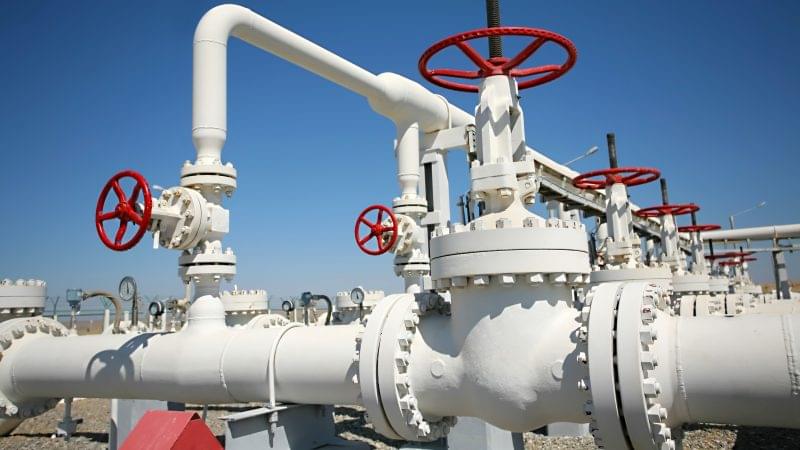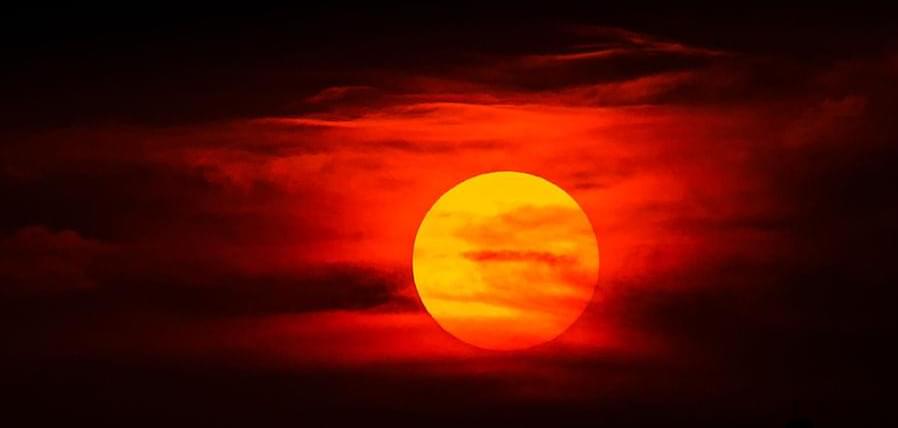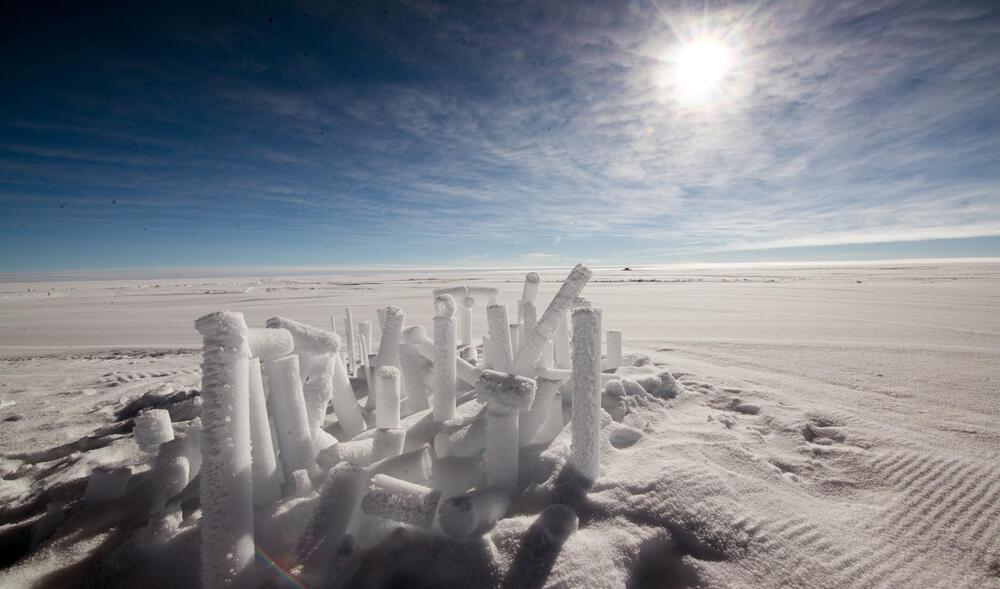An analysis of radioactive chemicals in ice cores indicates one of the most powerful solar storms ever hit Earth around 7,176 B.C.
(Inside Science) — For a few nights more than 9,000 years ago, at a time when many of our ancestors were wearing animal skins, the northern skies would have been bright with flickering lights.
Telltale chemical isotopes in ancient ice cores suggest one of the most massive solar storms ever took place around 7,176 B.C., and it would have been noticed.
“We know that most high-energy events are accompanied by geomagnetic storms,” said Raimund Muscheler, a professor of geology at Sweden’s Lund University. “So it’s likely that there were visible auroras.”





